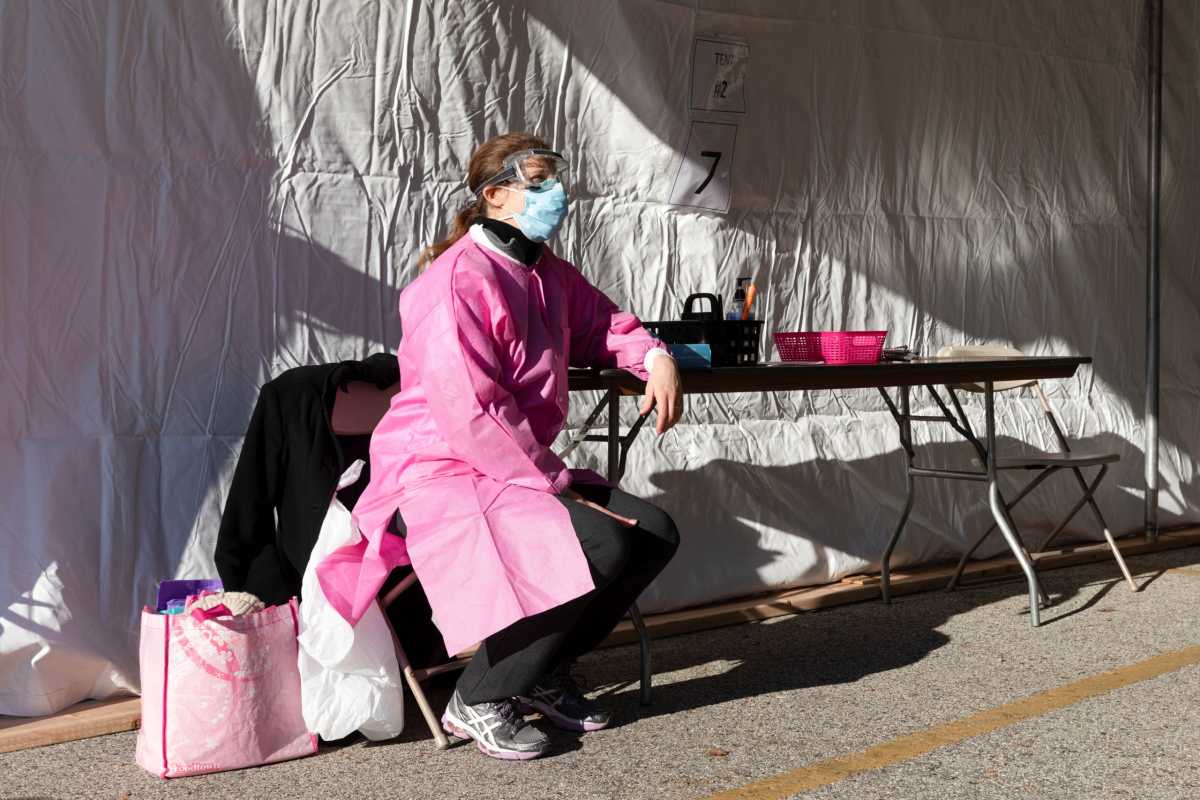The BA.2 Omicron sub-variant of the coronavirus was responsible for over a third of all COVID-19 cases in the United States in the week ending March 19, according to an estimate from the U.S. Centers for Disease Control and Prevention (CDC) on Tuesday.
COVID-19 infections in the United States have receded sharply since hitting record levels in January, although a coronavirus resurgence in parts of Asia and Europe due to the BA.2 sub-variant has raised concerns.
Some experts have cautioned that higher levels of the Omicron sub-variant paired with ending most pandemic restrictions in the United States could portend a new wave.
Most of the country is considered to have low COVID transmission, under new CDC guidelines introduced last month that emphasized hospital capacity and advised most Americans they no longer needed to wear masks.
As of March 19, the seven-day moving average of U.S. COVID-19 cases was 27,747, down nearly 18% from a week earlier.
Top U.S. infectious diseases expert Dr. Anthony Fauci said on Sunday that the country will likely witness an increase in cases as seen in Europe, particularly in the United Kingdom
“They have the BA.2. They have a relaxation of some of the restrictions such as indoor masking, and there is a waning of immunity,” Fauci added.
BA.2 was shown to be more transmissible than Omicron’s more common BA.1 variant in initial data. But there appears to be no significant difference in disease severity, the World Health Organization said last month.
Testing of wastewater samples for the coronavirus has proven to be an effective early gauge of increases in COVID-19 cases, sometimes spotting new infection surges days or even weeks ahead of human testing data.
Biobot Analytics has been testing sewage around the United States for the virus since March 2020, and currently is monitoring over 200 sites in about 40 states.
“As of right now, there’s no evidence for a wave in the wastewater data,” Biobot Analytics Chief Executive Mariana Matus said.
“Just to give a sense of context, the level of the virus in the wastewater was rising about 100-fold faster during the first Omicron wave in December as compared to now,” Matus said.
Other Omicron sub-variants that have been circulating since December known as BA.1.1 and BA.1.1.529 now make up around 57.3% and 7.9%, respectively, of circulating variants, according to CDC estimates.
BA.2 accounted for 35% of the infections for the week ending March 19. That compares with 22.3% for the week ending March 12, which was revised down from 23.1%, according to a CDC model that estimates proportions of circulating variants.
The CDC revises its variant estimates as it gets more data.
Reuters

























